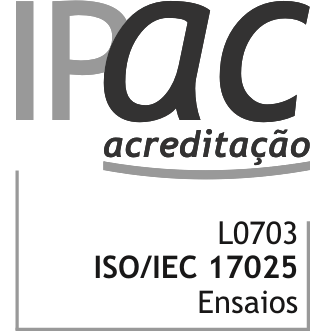Determination of pore size and porosity in solid materials by mercury porosimetry
What is it?
Mercury intrusion porosimetry is a technique that enables the quantification and distribution of open pore sizes present in a solid sample to be measured. This method is based on capillary flow mechanisms at controlled pressures, assuming that all pores act as capillary ones and that the pressure required for mercury to be able to get inside each pore is related to the dimension of the latter, thus allowing the size distribution of open pores to be determined.
What is it used for?
The mercury intrusion porosimetry method allows a set of parameters associated with material and product porosity such as open pore size distribution, average open pore diameter, total open pore volume and bulk density of samples to be recognised.
Equipment and working conditions
To perform this technique the laboratory uses an Hg porosimeter (Micromeritics Autopore IV 9500). This model has two internal chambers; a high pressure (up to 33000 psi) and a low pressure one (50 psi), enabling the evaluation of pore sizes ranging between 360 µm and 0005 µm while following the methodology requirements expressed in ISO 15901-1:2005 Evaluation of pore size distribution and porosimetry of solid materials by mercury porosimetry and gas adsorption — Part 1: Mercury porosimetry.
Example of use
Mercury intrusion porosimetry is a very important characterisation technique for the study of porous materials and products, particularly the ones involving ceramic and building materials, pharmaceutical products, filtration products, catalysts, adsorbent materials, etc.
Examples:
- Determination of density and porosity of wood, paper and paper pulp
- Evaluation of the average pore size of membranes and catalysts
- Pore size determination in plasters
- Quantification of open porosity and pore diameter distribution of solid formulations (powders, capsules, tablets) for the pharmaceutical sector






